Access control is a security technique that can be used to regulate who or what can view or use resources in a computing environment. There are two main types of access control: physical and logical. Physical Access controls are security features that control the access to campuses, buildings, rooms and physical IT assets. Access controls give organization the ability to control, restrict, monitor, and protect resource availability, integrity and confidentiality. Logical access controls limit connections to computer networks, system files and data.
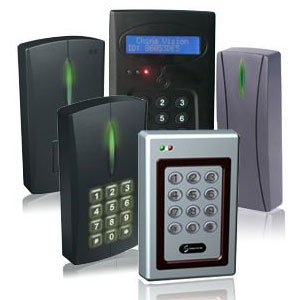
RFID Access Controllers
This basic RFID access control system is engineered to be expandable and upgradeable. The system can be scaled upward and fully integrated with our other products to provide real-time visibility for emergency and evacuation management no matter how large your organization grows.
Fingerprint Access Controllers:
Fingerprint access controllers are used for authentication or authorization or it is a selective restriction of access to a place. A fingerprint access control system determines who is allowed to enter or exit, where they are allowed to exit or enter. It lies in the field of physical access control system or may be called biometric authentication.


Digital Door Locks:
They are electronic door locking devices manufactured for the purpose of safety and security and used as access controllers. A digital door lock is a locking device which operates by means of electric current. Electric locks use a keypad to enter a numerical code or password for authentication. Such locks typically provide, and some feature an audible response to each press. Combination lengths are usually between 4 and 6 digits long.
Fingerprint Door Locks.
Fingerprint door locks are the devices used as fingerprint access controllers for the biometric authentication or authorization. . It lies in the field of physical access control system. As biometrics become more and more prominent as a recognized means of positive identification, their use in security systems increases. Some electronic locks take advantage of technologies such as fingerprint scanning, retinal scanning, iris scanning and voice print identification to authenticate users.
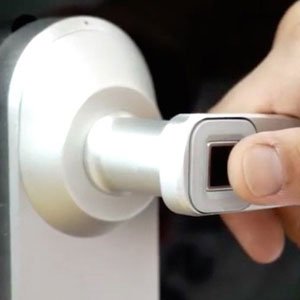

High Security Padlocks.
Padlocks are portable locks with a shackle that may be passed through an opening to prevent use, theft, vandalism or harm. There are two basic types of padlock locking mechanisms: integrated & modular. Integrated locking mechanisms directly engage the padlock’s shackle with the tumblers. Padlocks with integrated locking mechanisms are characterized by a design that does not allow disassembly of the padlock. Padlocks with modular locking mechanisms can often be taken apart to change the tumblers or to service the lock. Modular locking mechanism cylinders frequently employ pin, wafer, and disc tumblers. Padlocks with modular mechanisms are usually automatic or self-locking (that is, the key is not required to lock the padlock.
Gate Automation System.
The gate Automation System is designed to automatically open and close a gate. There are two main types of electric gate openers – hydraulic or electromechanical; these can be further split into the following categories, worm (or screw) driven, arm openers and underground openers. Automatic and Electric Gate operators are designed for both swinging and sliding gates. They can be programmed to open and close with a wireless transmitter or a manual device. Low Voltage Automatic Gate openers can also be fitted with solar panels to ensure function during loss of electricity or blackouts.
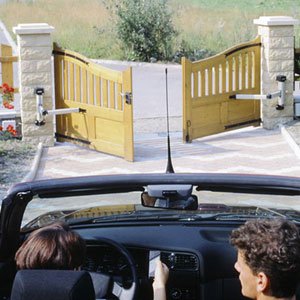
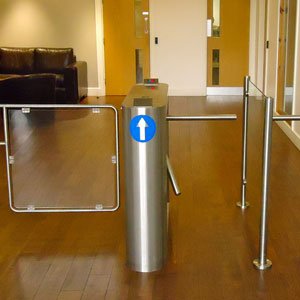
Turnstiles.
A turnstile, also called a baffle gate or turn style, is a form of gate which allows one person to pass at a time. It can also be made so as to enforce one-way traffic of people, and in addition, it can restrict passage only to people who insert a coin, a ticket, a pass, or similar. Thus a turnstile can be used in the case of paid access
Automatic Barriers.
Automatic barriers are designed to professionally control every type of access like: car parks, shopping centres, hotels, hospitals, exhibition centres, amusement parks, airports and railway stations, as well as all other types of small or large public facility.
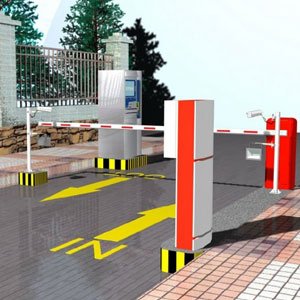
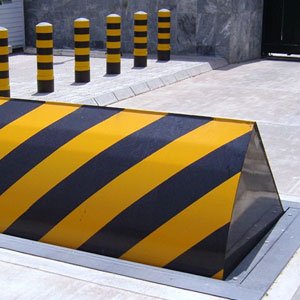
Hydraulic Road Blocker.
A hydraulic roadblock is an installation set up, an obstruction in a road to control or blocks traffic along a road or a specific area.
